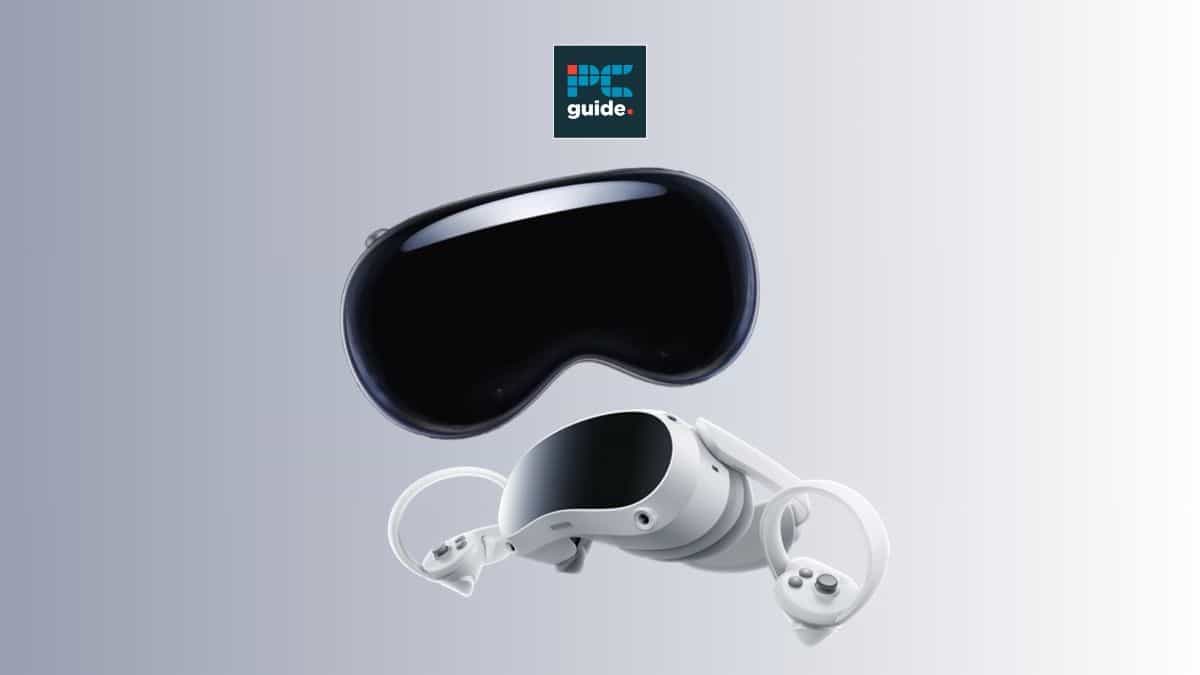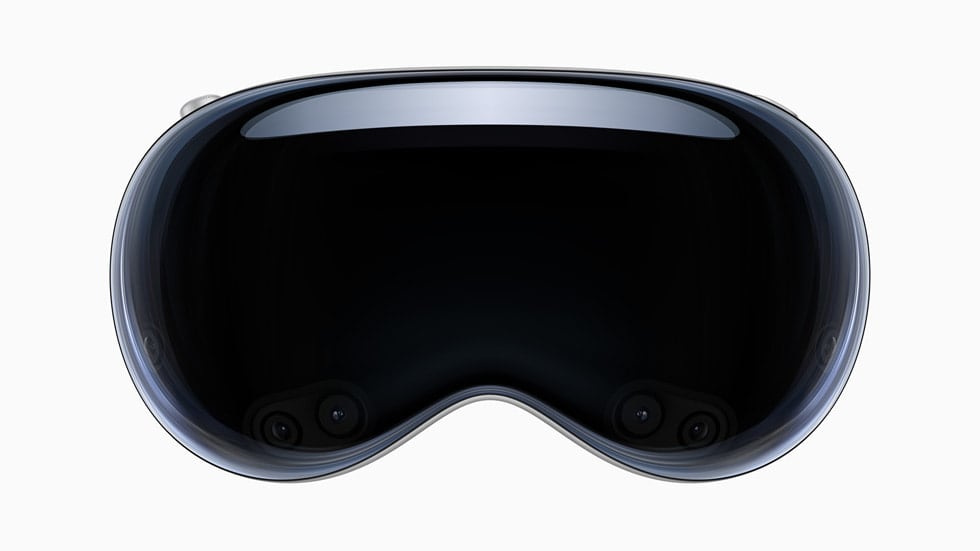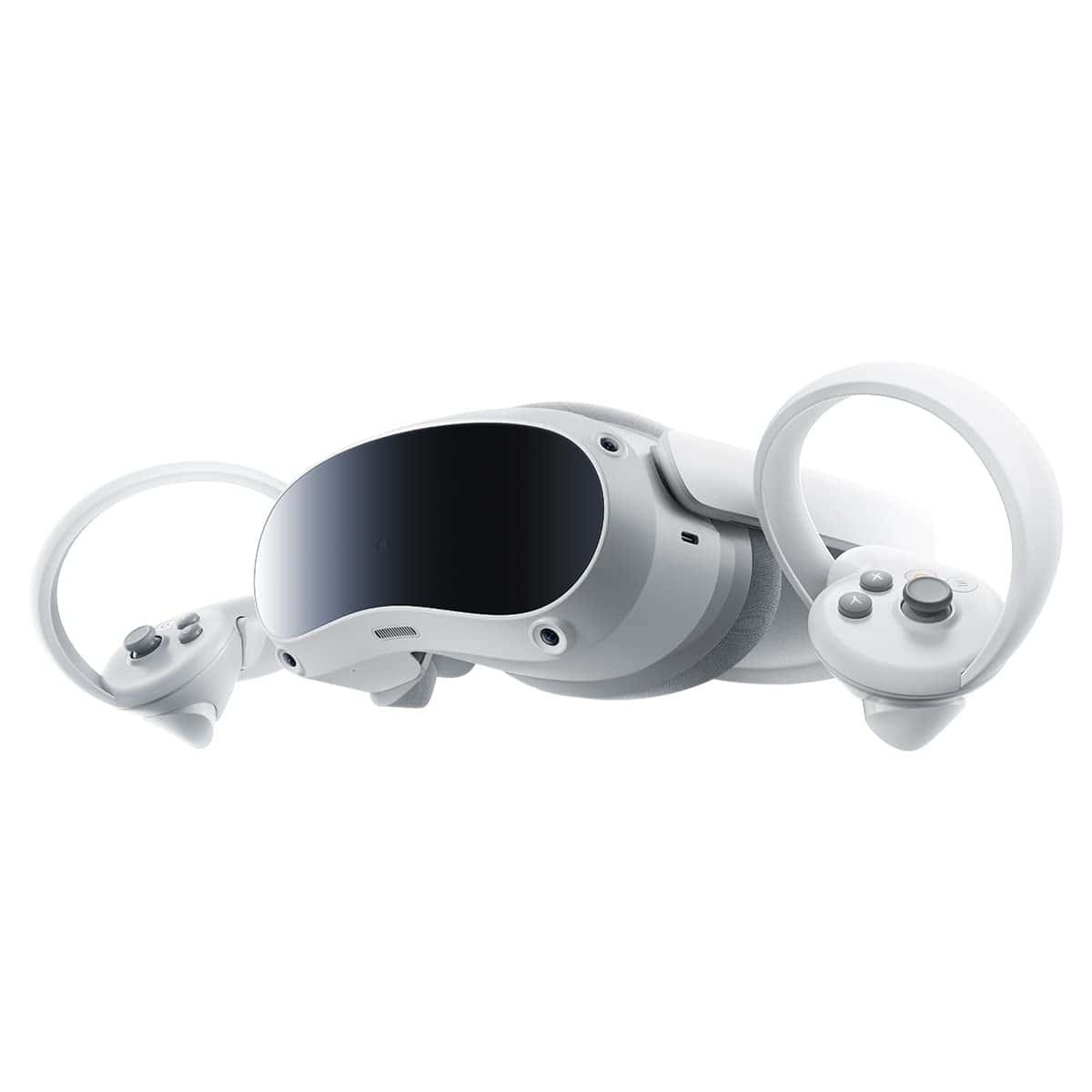Apple Vision Pro vs Pico 4 VR – Which is best?

Table of Contents
Apple’s recent announcement has got tech fans buzzing, with a forthcoming augmented reality device in the works. The Apple Vision Pro seeks to blend digital content with physical reality – they’ve described it as a spatial computer, building on the ‘augmented reality’ headsets such as Google Glass and other big names in the virtual reality market. Let’s see how the product compares to another VR competitor, the Pico 4 VR headset. It’s a budget VR offering that is optimized for gaming and similar forms of entertainment. It straps to the user’s head similarly to Apple’s addition to the world of augmented-reality headsets. Who comes out on top in the Apple Vision Pro vs Pico 4 VR?
For additional Apple Vision Pro content, you can check out our where-to-buy guide and full in-depth solo analysis just here. Anyway, where were we?
Prime Day may have closed its doors, but that hasn't stopped great deals from landing on the web's biggest online retailer. Here are all the best last chance savings from this year's Prime event.
- Sapphire Pulse AMD Radeon™ RX 9070 XT Was $779 Now $719
- AMD Ryzen 7 7800X3D Processor Was $449 Now $341
- Skytech King 95 Ryzen 7 9800X3D gaming PC Was $2,899 Now $2,599
- LG 77-Inch Class OLED C5 TV Was $3,696 Now $2,996
- AOC Laptop Computer 16GB RAM 512GB SSD Was $360.99 Now $306.84
- Lexar 2TB NM1090 w/HeatSink SSD Was $281.97 Now $214.98
- Apple Watch Series 10 GPS+ Smartwatch Was $499.99 Now $379.99
- AMD Ryzen 9 5950X processor Was $3199.99 Now $279.99
- Garmin vívoactive 5 Smartwatch Was $299.99 Now $190
*Prices and savings subject to change. Click through to get the current prices.
Apple Vision Pro vs Pico 4 VR – Specs
So, without further ado, here’s our comparison of the Apple Vision Pro vs Pico 4 VR. Both devices boast a powerful internal processor and great display. The Apple Vision Pro comes with the M2, a powerful chip already famous for its performance in the 15-inch MacBook Air. The R1 assists. The processor is complemented by the high-resolution display, with 23 million pixels on each eye-panel which provides a display exceeding most 4K TV screens.
| Specs | Apple Vision Pro | Pico 4 VR |
|---|---|---|
| Manufacturer | Apple | Pico |
| Platform | Vision OS | Pico Store |
| Optics | Pancake Lenses | Pancake Lenses |
| Ocularity | Binocular | Binocular |
| Display Type | 2 x Micro-OLED | 2 x LCD |
| Resolution (per eye) | 3680×3140 | 2160×2160 |
| Refresh Rate | 90Hz | 90Hz |
| Battery Life | 2 Hours | 3 Hours |
| Memory | 16 GB | 8 GB LPDDR4 |
Apple has also introduced an exterior screen that displays your eyes on the front of the headset, giving the impression that the screen doesn't exist. You can switch between full virtual mode and a more mixed-reality experience. The Vision Pro runs off iOS software, seamlessly integrating into Apple’s lineup of old and new products. Super-sensitive microphones promise to boost Facetime and similar experiences. Dual-driver audio pods enable specialized ambient sound, again integrating the virtual world into the outside environments.
The Pico 4 VR headset comes with 2160 X 2160 LCD screens in each eye of the goggles, which can achieve a maximum 90 Hz refresh rate. It is powered by the Qualcomm XR2 ultra chip which can process information at a hefty rate. It’s a pretty lightweight device, too. You can switch to ‘see through’ mode to see real-world surroundings, although they are not as integrated into general use as in the Apple Vision Pro. It has a decent microphone system, too.
Apple Vision Pro vs Pico 4 VR – Performance
The Apple Vision Pro is controlled via hand movements captured by sensors and a three-dimensional camera, and movements of the user’s eyes, which are detected by eye-tracking sensors. The Pico 4 requires hand controllers. Pico battery comes out on top here, with 3 hours of use unplugged. The Apple Vision Pro is set to provide just 2 hours of battery life unconnected. However, both come with an external battery pack.
Apple Vision Pro vs Pico 4 VR – Price
Here the two models differ widely. The Apple Vision Pro is set to cost around $3,499/£2,817, making it a top-of-the-market choice for Apple enthusiasts, VR fans, and general tech heads. On the other hand, the Pico 4 costs just £379. It’s currently not available in the US.
What are the main features of the Apple Vision Pro?
The Apple Vision Pro is an upcoming AR (augmented reality) headset that aims to seamlessly blend virtual reality with the real world, allowing users to stay connected through Apple apps while being fully present in their physical surroundings. For instance, during Facetime calls, users will appear as a persona – a digitalized version of themselves, giving the illusion of being in the same room as the person they are talking to. The headset also offers an immersive viewing experience, with a streaming service for TV shows and movies. It’s the first Apple product to use ‘spatial computing’ with enhanced spatial audio, eye and motion trackers, and built-in cameras that allow you to see the outside world.
Additionally, the Vision Pro will support Apple Arcade games and other applications, with a strong emphasis on integrating the iOS system into real-world interactions. While specific details are not yet confirmed, it is expected that the operating system will run in unity with other Apple products such as the Apple Watch, iPhone, Mac laptop, and iPad. Standalone use is also expected.
Is the Pico 4 VR worth it?
The Bytedance-owned Pico 4 is a budget VR offering. Designed to be lightweight and comfortable, it features a sleek and ergonomic design, making it easy to wear for extended periods. The headset is equipped with advanced display technology, providing crisp and vibrant visuals with a high resolution, allowing users to fully immerse themselves in virtual environments. It is beloved by game developers and gamers on a budget. Although the headset doesn’t quite have the compatibility range boasted by the HTC Vive or Meta Quest Pro, it still offers a good selection of games accessible through the Pico Store or Steam. However, the hardware comes through, and it’s a solid cheap option for a good introductory VR headset.
Final thoughts
Both of these are great headsets, but the one that is best for you comes down to individual needs and circumstances. If you are on a budget or just interested in gaming, the Pico 4 VR headset is your best bet. However, if you have more cash to splash and are keen to get your hands on the most cutting-edge augmented reality tech, you should start saving for the Apple Vision Pro.



